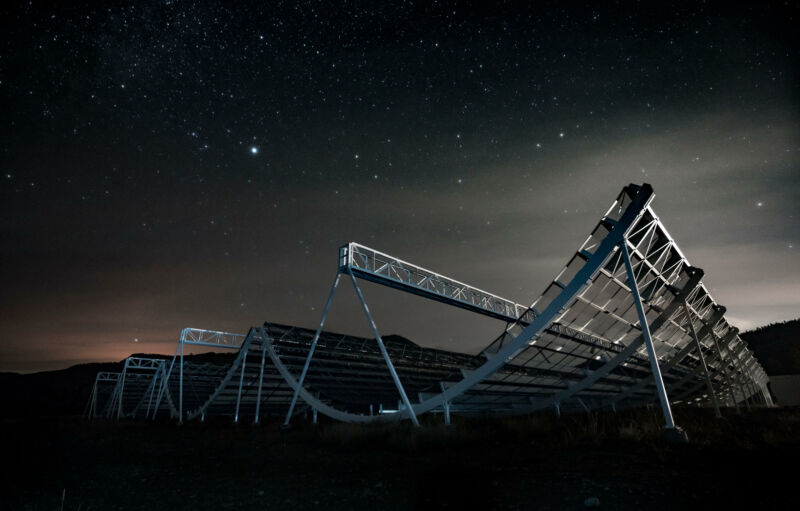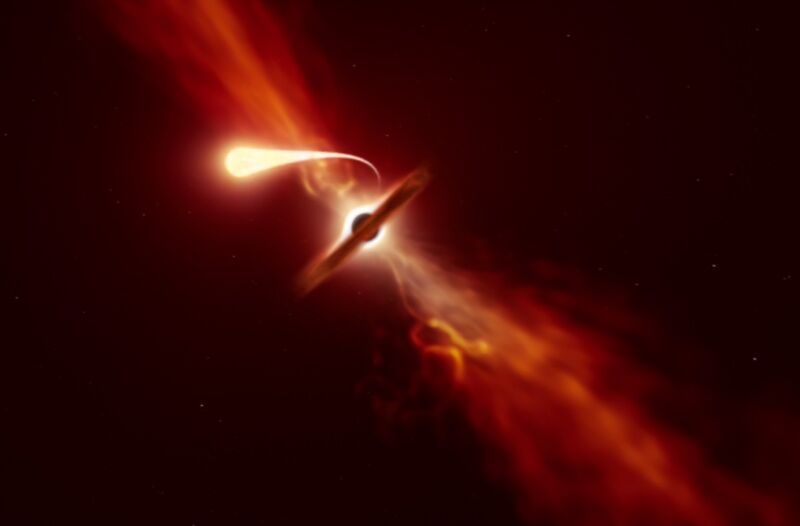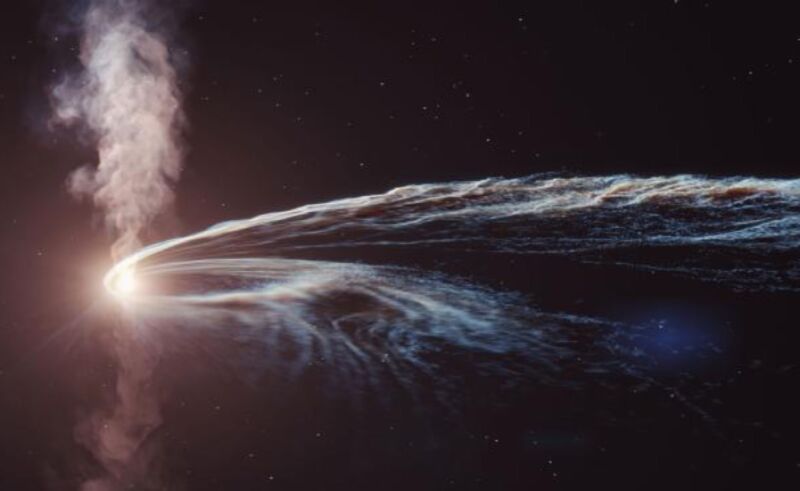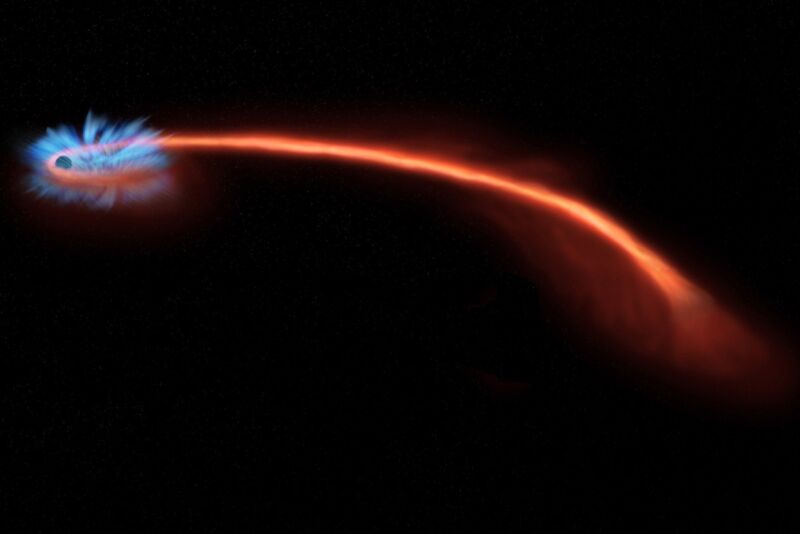-
 chevron_right
chevron_right
Iconic image of M87 black hole just got a machine-learning makeover
news.movim.eu / ArsTechnica · Thursday, 13 April, 2023 - 11:00 · 1 minute
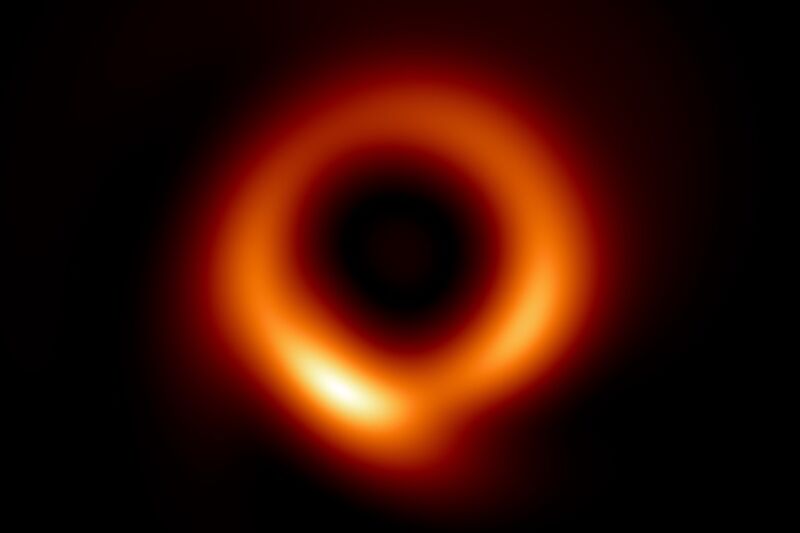
Enlarge / This new, sharper image of the M87 supermassive black hole was generated by the PRIMO algorithm using 2017 EHT data. (credit: Medeiros et al. 2023)
The iconic image of a supermassive black hole in the Messier 87 (M87) galaxy—described by astronomers as a "fuzzy orange donut"—was a stunning testament to the capabilities of the Event Horizon Telescope (EHT). But there were still gaps in the observational data, limiting the resolution the EHT was able to achieve. Now four members of the EHT collaboration have applied a new machine-learning technique dubbed PRIMO (principal-component interferometric modeling) to the original 2017 data, giving that famous image its first makeover. They described their achievement in a new paper published in The Astrophysical Journal Letters.
“PRIMO is a new approach to the difficult task of constructing images from EHT observations,” said co-author Tod Lauer (NOIRLab). “It provides a way to compensate for the missing information about the object being observed, which is required to generate the image that would have been seen using a single gigantic radio telescope the size of the Earth.”
As we've reported previously , the EHT isn't a telescope in the traditional sense. Instead, it's a collection of telescopes scattered around the globe, including hardware from Hawaii to Europe, and from the South Pole to Greenland, though not all of these were active during the initial observations. The telescope is created by a process called interferometry, which uses light captured at different locations to build an image with a resolution similar to that of a telescope the size of the most distant locations.


